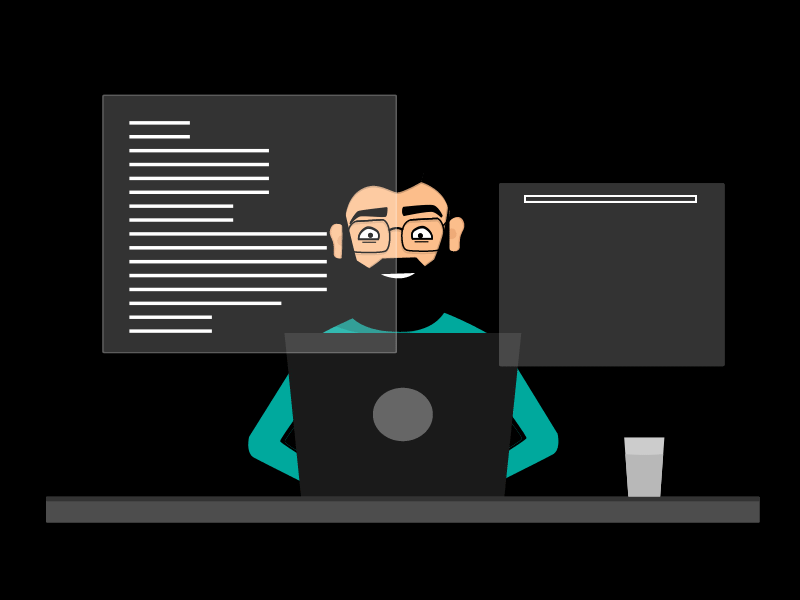In the evolving world of digital product design, the lines between design and development are increasingly blurred. While UX designers don’t necessarily need to be expert coders, having a foundational understanding of certain programming languages can be a game-changer. Not only does it help in communicating with developers, but it also empowers designers to prototype more effectively and create realistic user experiences.
So, what programming skills should a modern UX designer expect to know today? Let’s explore.
1. HTML (HyperText Markup Language)
Why it matters:
HTML is the backbone of the web. It structures web content and helps UX designers understand how layouts are built. Knowing HTML can be especially useful when designing responsive layouts and user flows.
What to focus on:
-
Semantic tags (
<header>,<article>,<footer>) -
Forms and inputs
-
Basic structure and page layout
2. CSS (Cascading Style Sheets)
Why it matters:
CSS controls the presentation of HTML. With CSS, UX designers can style elements, manage layouts, and handle responsiveness. Understanding CSS can help designers communicate design intent more clearly to developers or even style high-fidelity prototypes.
What to focus on:
-
Flexbox and Grid
-
Media queries (for responsive design)
-
Typography and spacing
-
Transitions and animations
3. JavaScript (Basic Level)
Why it matters:
JavaScript brings interactivity to the web. While designers don’t need to master it, understanding how JavaScript affects user interactions (e.g., modals, sliders, form validation) helps in designing intuitive and technically feasible UI components.
What to focus on:
-
DOM manipulation basics
-
Event handling
-
Conditional logic (e.g., if/else statements)
4. Front-End Frameworks (Familiarity)
Why it matters:
Frameworks like React, Angular, or Vue are widely used in front-end development. UX designers don’t need to code full apps, but understanding how components work in these frameworks can enhance collaboration with dev teams and improve design decisions.
What to focus on:
-
Component-based architecture (especially in React)
-
Design systems integration
-
States and props (in React)
5. Version Control with Git (Basic Use)
Why it matters:
Designers who collaborate closely with developers or contribute to front-end projects may benefit from knowing how to use Git. It helps in tracking changes and collaborating on code without overwriting others’ work.
What to focus on:
-
Cloning repositories
-
Committing and pushing changes
-
Understanding branches
6. Prototyping Tools with Code Options
Some modern tools like Framer or Webflow let you build fully interactive prototypes with real code elements. Familiarity with code in these environments allows designers to push the limits of what’s possible in prototyping.
Why Coding Matters for UX Designers
While coding isn’t a core responsibility for UX designers, having basic programming skills offers major advantages:
-
Improved collaboration with developers
-
More realistic prototypes
-
Feasibility awareness in design decisions
-
Increased employability and versatility in teams
Final Thoughts
To be clear, you don’t need to be a full-stack developer to be an excellent UX designer. But in today’s competitive landscape, understanding the basics of HTML, CSS, and JavaScript can set you apart. It bridges the gap between design and development, making you a more effective, creative, and collaborative designer.
So, if you haven’t already dipped your toes into coding, now’s the perfect time to start. Your designs—and your development team—will thank you.

